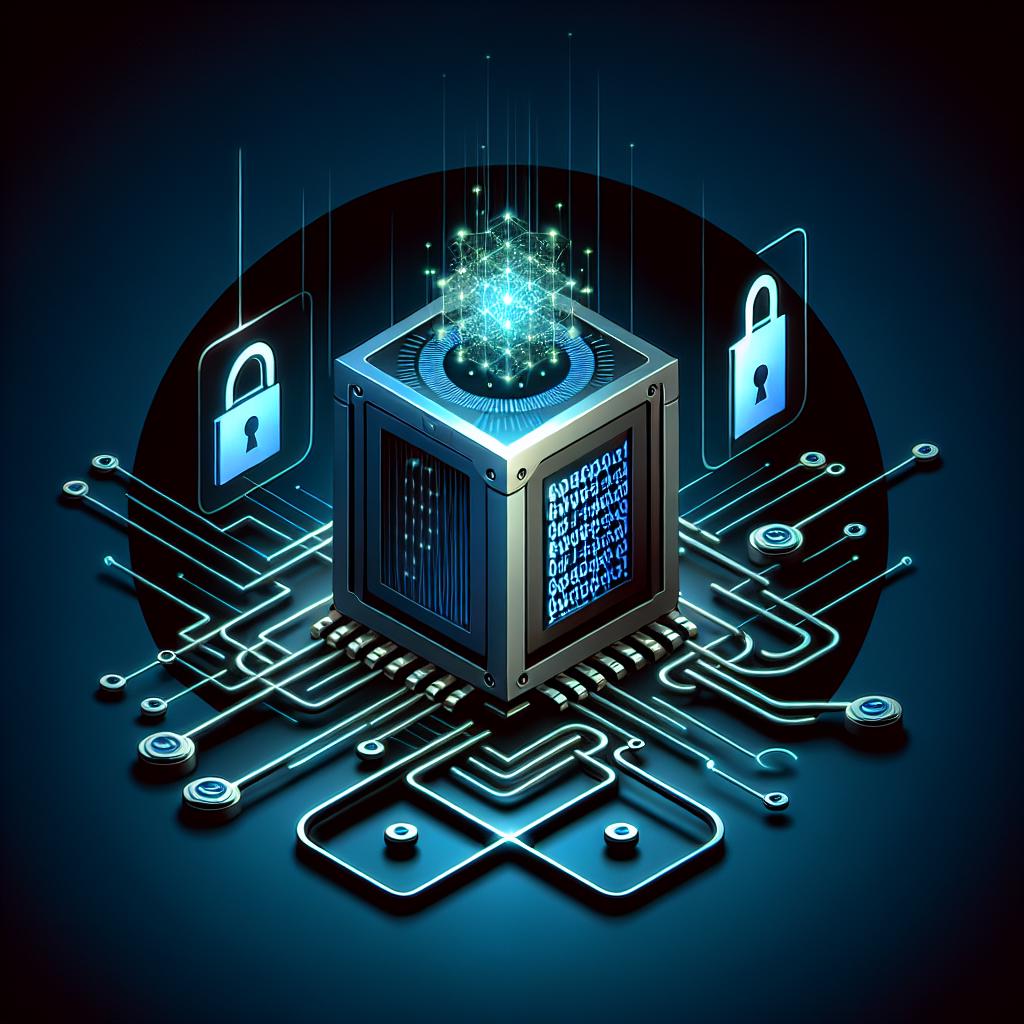In an era where digital transactions are becoming increasingly prevalent, the security of these transactions is paramount. With the advent of quantum computing, traditional cryptographic methods face unprecedented challenges. Quantum-safe algorithms are emerging as a crucial solution to ensure the integrity and confidentiality of online transactions in a post-quantum world. This blog post delves into the significance of quantum-safe algorithms, the threats posed by quantum computing, and the steps being taken to secure our digital future.
Understanding Quantum Computing
Quantum computing represents a fundamental shift in computational power. Unlike classical computers that use bits (0s and 1s) to process information, quantum computers utilize quantum bits or qubits. Qubits can exist in multiple states simultaneously, thanks to the principles of superposition and entanglement. This capability allows quantum computers to perform complex calculations at speeds unattainable by classical computers.
While quantum computing holds the potential to revolutionize various fields, it also poses a significant threat to current cryptographic systems. Many widely used encryption algorithms, such as RSA and ECC (Elliptic Curve Cryptography), rely on the difficulty of certain mathematical problems (like factoring large numbers or solving discrete logarithms) for their security. Quantum computers, however, can solve these problems efficiently using algorithms like Shor's algorithm, rendering traditional encryption methods vulnerable.
The Need for Quantum-Safe Algorithms
As quantum computing technology advances, the urgency to develop quantum-safe algorithms becomes increasingly critical. Quantum-safe algorithms, also known as post-quantum cryptography, are cryptographic systems designed to be secure against the potential capabilities of quantum computers. These algorithms aim to protect sensitive data and ensure secure online transactions even in a future where quantum computers are commonplace.
The implications of failing to adopt quantum-safe algorithms are profound. If current encryption methods are compromised, sensitive information such as financial data, personal identification, and corporate secrets could be exposed, leading to significant financial losses and breaches of privacy.
Characteristics of Quantum-Safe Algorithms
Quantum-safe algorithms are built on mathematical problems that are believed to be resistant to quantum attacks. Some of the key characteristics of these algorithms include:
-
Diverse Mathematical Foundations: Quantum-safe algorithms often rely on a variety of mathematical structures, such as lattice-based problems, hash-based signatures, multivariate polynomials, and code-based cryptography. This diversity helps mitigate the risk of a single breakthrough in quantum computing compromising multiple algorithms.
-
Scalability: As the amount of data and the number of transactions increase, quantum-safe algorithms must be able to scale effectively without compromising performance. This is crucial for maintaining the speed and efficiency of online transactions.
-
Interoperability: For quantum-safe algorithms to be widely adopted, they must be compatible with existing systems and protocols. This ensures a smooth transition from traditional cryptographic methods to quantum-safe alternatives.
-
Robustness: Quantum-safe algorithms should be resilient against both classical and quantum attacks. This robustness is essential for maintaining security in a rapidly evolving technological landscape.
Current Developments in Quantum-Safe Cryptography
The National Institute of Standards and Technology (NIST) has been at the forefront of the effort to standardize quantum-safe algorithms. In 2016, NIST initiated a process to evaluate and select post-quantum cryptographic algorithms. After several rounds of evaluation, NIST has announced several finalists and candidates for standardization, including:
-
Lattice-Based Cryptography: Algorithms like NTRU and FrodoKEM are based on lattice problems, which are believed to be hard for both classical and quantum computers to solve.
-
Code-Based Cryptography: McEliece is a well-known code-based encryption scheme that has withstood years of cryptanalysis and is considered a strong candidate for post-quantum security.
-
Multivariate Polynomial Cryptography: This approach uses systems of multivariate polynomial equations, which are difficult to solve, even for quantum computers.
-
Hash-Based Signatures: These signatures, such as XMSS (eXtended Merkle Signature Scheme), rely on the security of hash functions and are considered quantum-safe.
Preparing for a Quantum-Safe Future
Organizations and individuals must take proactive steps to prepare for the transition to quantum-safe algorithms. Here are some strategies to consider:
-
Awareness and Education: Understanding the implications of quantum computing on cryptography is the first step. Organizations should educate their teams about the potential risks and the importance of adopting quantum-safe solutions.
-
Assessment of Current Systems: Conducting a thorough assessment of existing cryptographic systems can help identify vulnerabilities. Organizations should evaluate which algorithms are currently in use and their susceptibility to quantum attacks.
-
Adopting Hybrid Solutions: In the interim, organizations can implement hybrid cryptographic solutions that combine traditional and quantum-safe algorithms. This approach can provide an additional layer of security while transitioning to fully quantum-safe systems.
-
Engagement with Standards Bodies: Staying informed about developments from organizations like NIST and participating in discussions around quantum-safe standards can help organizations align their strategies with best practices.
-
Investing in Research and Development: Organizations should consider investing in research to explore and develop quantum-safe solutions tailored to their specific needs.
Conclusion
As we stand on the brink of a quantum computing revolution, the need for quantum-safe algorithms has never been more pressing. By understanding the threats posed by quantum computing and taking proactive measures to adopt quantum-safe cryptographic solutions, we can secure the future of online transactions and protect sensitive information from potential breaches. The transition to quantum-safe algorithms is not just a technical necessity; it is a critical step toward ensuring trust and security in our increasingly digital world.



